
It’s no secret that the military typically has innovative technologies long before they become a part of the regular world, available for civilian consumption. But when that military tech finally does trickle down the line into the masses – it is revolutionary. There are so many things that you and I use daily that are a result of the military’s technological advances. Just wait and see!

35. Walkie Talkies
So the Walkie Talkie has a neat history. three people are credited with it’s invention. Donald L. Hings, Alfred Goss (a radio engineer) and various engineering teams at Motorola. Hings was the first to create the device in 1937 as a signaling device for his employer. At the time it was known as the “packset.” A secret research and development project started in 1940 and the device made its formal debut in World War II. It was there that servicemen gave it the nickname “walkie talkie.” It was a crucial part of the war effort and Hing’s was formally decorated for his contribution to the device. Kids have been loving them ever since!


34. Duct Tape
Duct tape was invented in 1942 during World War II. Soldiers used it for everything. Have a broken window? Duct tape. Need to hold a bandage on a wound? Duct tape. After the war it was popularized as a mainstream product used to hold ventilation work together. That’s when the product gained the name Duct Tape. It was also given its popular gray color. Today, it is used for just about everything. Search the net and you will find wallets made from Duct Tape, clothes, instruments and clever ways to strap things to your car for traveling!


33. Microwaves
Would you believe the micro wave has roots that date back to 1937? Known then as a “cavity magnetron”, the unassuming grooved disc with wires extending from the end would ultimately see more than 200 papers written on the subject before 1940 in an attempt to improved on the model. Fast forward to World War I. The US partnered with Bell Telephone Laboratories to make 20 copies of the updated device. The original use was to signal early warning to troops in the event of an attack. Today, the only warning we need is the “ding!” sound to retrieve our hot pocket!


32. Freeze Drying
Would you believe freeze drying began as a military effort to preserve plasma for transfusions? There is a further history dating back to the Andes people and potatoes, but it really found traction during World War II. It was used to preserve blood plasma and penicillin for transport to the wounded. Known as lyophilisation, or cryodesiccation, is simply a low temperature dehydration process. First, the product is frozen, then the ice is removed through sublimation. The end result is a higher quality product due to the low temps used, as well as a better product shape.


31. Cargo Pants
Cargo pants were originally designed by the British military. Combat professionals like them because the pockets offered many places to store gear on your person. Up until the invention, gear storage was relegated to back packs or what you could carry. Cargo pants allowed for ease of access. The United States military adopted them just a few years after the British did (1930s). Soldiers love the ammo storage capabilities. However, they didn’t catch on for the general public until the 1990s. We are all stopping, collaborating and listening by that point.


30. Aviator-Glasses
In 1936 a little company named Bausch and Lomb developed aviator sunglasses for pilots. The sole aim was to protect their eyes while flying. They quickly replaced flight goggles because aviators were thinner, weighed a lot less and look a hell of a lot better. Yet, they really found prominence when general Douglas MacArthur was snapped by a group of war photogs as he landed on a beach in the Philippines during World War II. The photo has become one of the most iconic photos of our time. Ultimately, aviators would come to be marketed as “Ray Bans.” In 1987, they even named a line of them after general MacArthur.
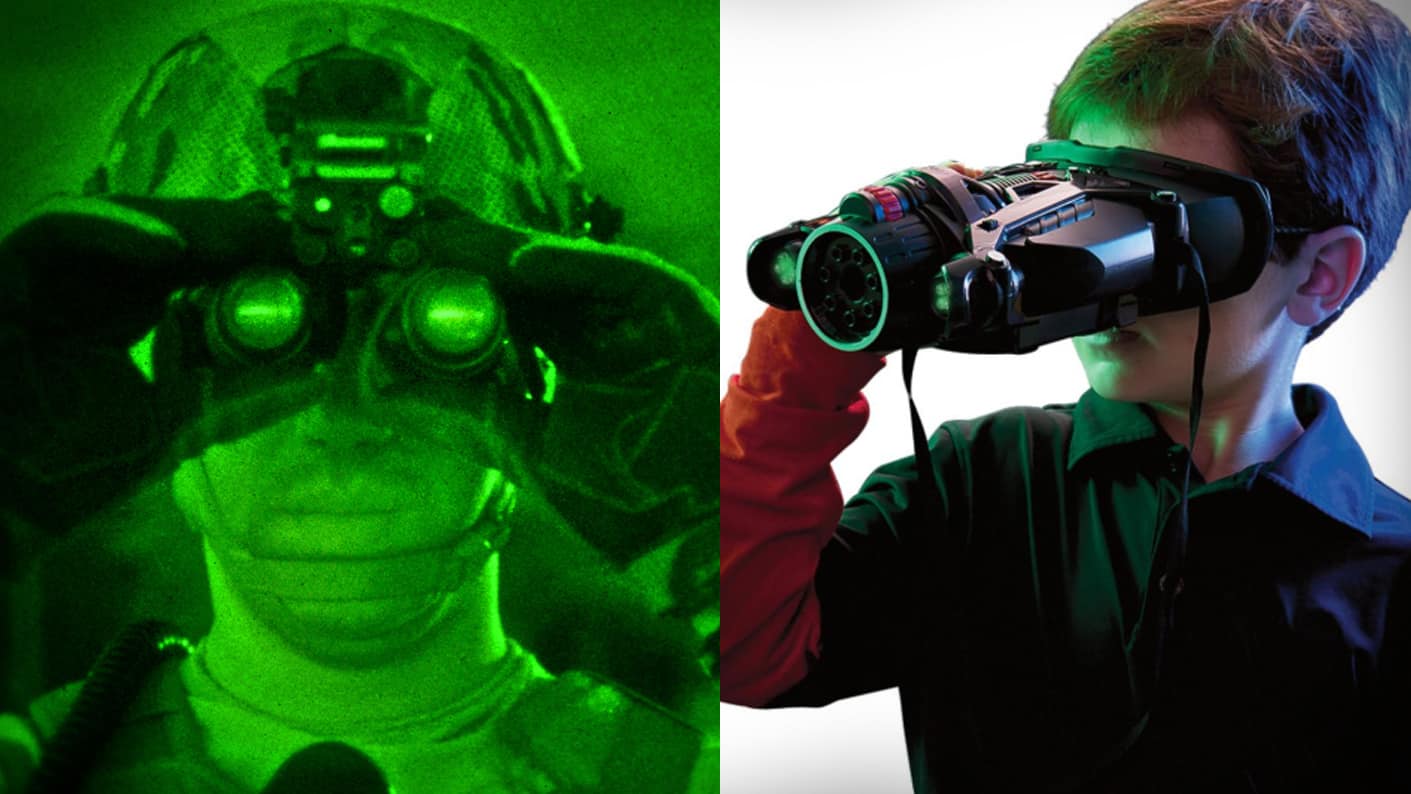

29. GPS
GPS was developed and launched by the US military in 1973 as a special project. However, it would not become fully operational until 1995! President Clinton signed a special bill in 200 which granted civilian access to GPS, thus changing the face of road navigation forever. Still though, the US government owns the platform and can deny service at any time. India discovered this in 1999 during the Kargil War when they could not access the service. This prompted many countries to develop their own to keep from getting stuck like Chuck. Good thing this doesn’t happen to our GPS apps. What would we do without hearing, “Turn left up ahead,” to tell us where to go?


28. Night Vision
This is one where the Germans beat us to the punch, they were the first to develop night vision for military use 91930s). However, we were working on our own version and both super powers entered the World War II with night vision capability. Yet, have you ever wondered why it’s green? Tests were run and it was determined our eyes render images in a monochromatic scheme best at a wavelength of 555 nanometers. Green is closest to that. Also, its one of the colors that can be easily viewed under low power to conserve battery power. Contrast a modern kids spywear pair with the old dinner plate sized “Night Hunters” the Germans used to lug around with their impressively large battery back packs.


27. Holt Tractor
if you aren’t a war buff you may not even realize tractors were used for the war effort. Holt Tractor Company was founded in the late 1800s. By 1912 they had agencies in several countries. When the first world war broke, they were looked to as artillery haulers because horse teams were inefficient. Muddy field conditions caused them to bog down too quick so tractors were a better option. The tractors were primarily used to haul artillery like 6 inch howitzer and the 60 pdr (and the 9.2 inch later on). Soldiers called them “cats” because they looked like caterpillars running across the field. Holt trademarked the name in 1910 and the rest is history!


26. Jet Packs
Watch any good sci-fi movie from the 1960s and you might think jet packs existed back then. Nope, the concept was alive though and has roots as deep as 1919. That’s the year the Russians commissioned plans for a jet pack. A patent was issued, but the project was never realized. And through the late 50s and 60s there were several futile attempts that thankfully went nowhere. Real progress was made in 1994 when Kennie Gibson, known as the Rocketman, made a 30 second flight. He took the show on the road and has been wowing crowds ever since. More recent attempts include Google’s version of a jet pack. They ceased funding, however, because the pack was inefficient in terms of flight and fuel consumption.
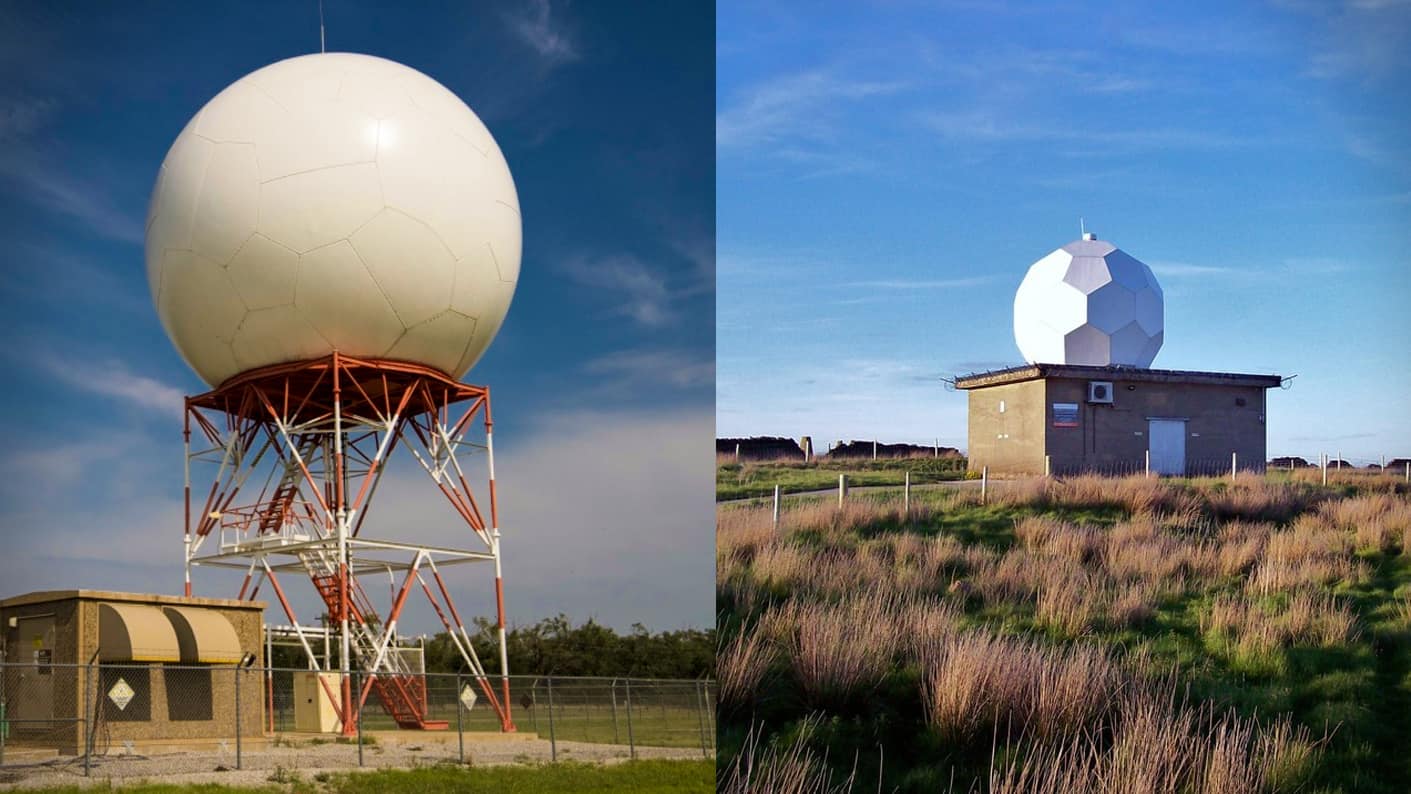

25. EpiPen
The story behind the Epipen is just plain creepy. Originally, an auto injector was developed to counteract nerve gas during the Iraq war. At the same time, itsm ore benign counterpart, the Epipen, was also being developed. Sheldon Kaplan is credited for it in his 2009 obituary. His name appears alongside 4 other inventors. his team is credited with using glass to replace the stainless steel cartridge. He anticipated the device’s scope to expand beyond military nerve agents to hold epinephrine. Thus the Epipen was born. Millions of people are grateful as a result!


24. Weather Radar
So during World War II radar systems were used to track the enemy. However, they kept noticing blotches that were neither aircraft or weaponry. It was later determined these were weather disturbances. After the war these systems were given to the National Weather Service where they were fine tuned. The first success was using one to land a plain during a thunder storm in Wichita, Kansas in 1948. A little over a decade later (1960s) technology improved due to the transistor and systems could be made much smaller. More refinement and improvements were made until we now have things like handheld color radar on our phones with up to the minute forecasts and storm alerts. Awesome.


23. Improved Synthetic Rubber Production
Synthetic rubber saw little use before World War II. However, after the war it was plentiful. The secret? The US developed a secret program during the war to produce a new cheaper version of synthetic rubber. Ultimately, this would lead to Axis powers controlling almost all of the world’s natural rubber supply by 1942. Synthetic rubber was needed in mass quantities for military trucks and just about every other war machine. By 1944, right at 50 factories produced rubber at a volume of twice the world’s natural rubber production prior to the war. Today, those synthetic rubber plants still represent half of all rubber production worldwide. Since the war, we have found uses for synthetic rubber in all sorts of things from solid fuel to textile printing. And those tires you see today? Their grandparents can be found tied to the axles of an old CJ-5 military jeep.


22. Jeeps
President Eisenhower once called the Jeep one of three decisive weapons the US had during World War II. Before there was the Renegade or Sahara, there was the Willys MB or Ford GPW. The designed remained virtually unchanged from 1941-1945. In addition, it was the world’s first 4 wheel drive car mass produced in 6 figure number volumes. In total, 64o,000 were produced. This accounts for 25% of the total non combat vehicles used during World War II. Since then we have seen numerous reinventions including SUV models. What was once used for wartime transit, is now pone of the world’s most popular recreational weekend vehicles.


21. Ambulance & ER Systems
The next time you see an ambulance screaming down the road, you can thank the Civil War for its development. It can be traced all the way back to the battle of Bull Run. After the battle many soldiers died simply because there was no organized system for bringing the wounded in for treatment. In response, Johnathan Letterman, medical director for the Army of the Potomac, implemented an efficient system to evacuate the wounded and get them treated. It became the model for our modern-day ambulance to ER system. After the battle of Antietam in September 1862, they were nearly 10,000 wounded union soldiers. Letterman organized 50 ambulances in caravans, with a driver and two men to bear the stretcher they ferried to field hospitals.
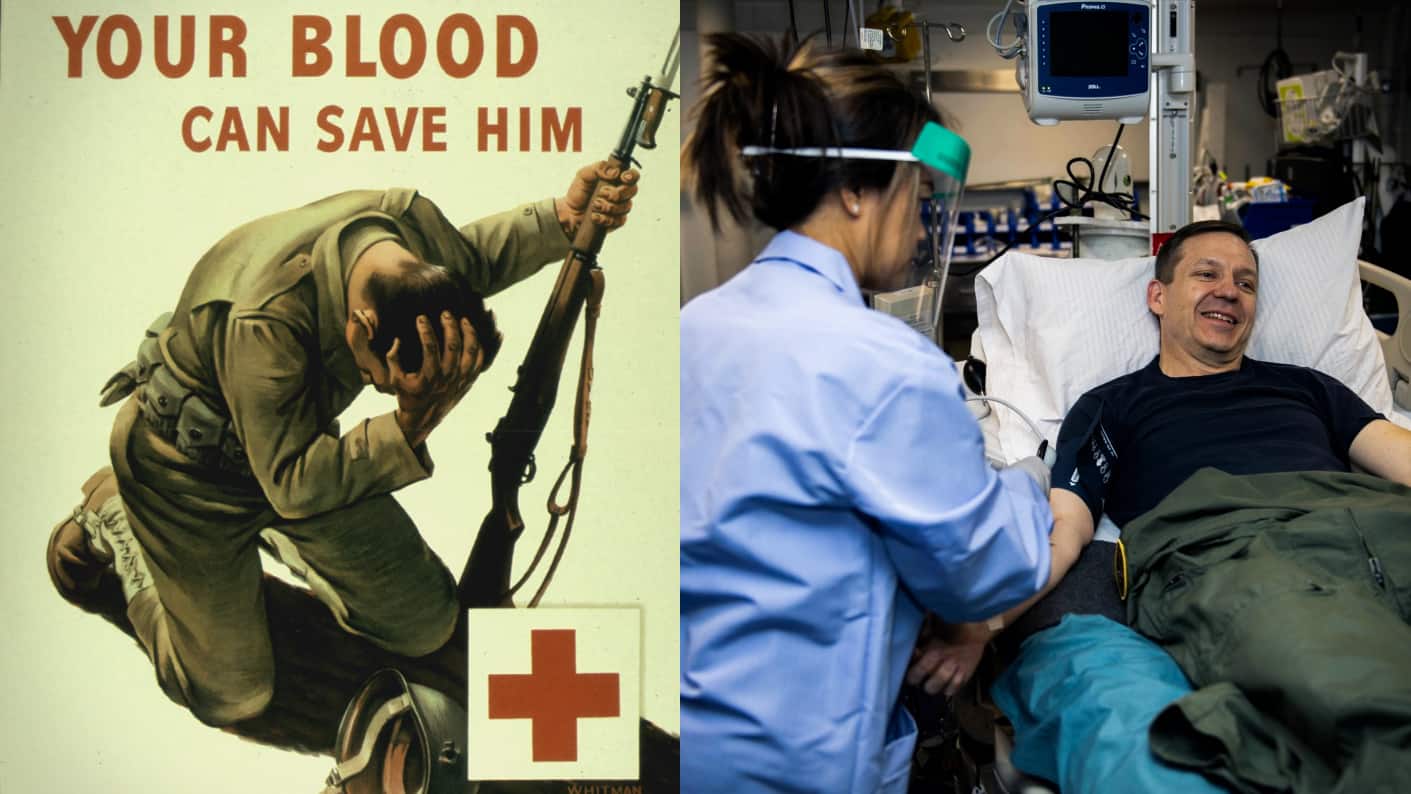

20. Facial Reconstruction Surgery
You might think botox and tummy tucks are fairly new constructs reserved for the prim and proper divas of Beverly Hills. Yet, plastic surgery, particularly facial reconstruction, has roots stretching back to the Civil War. Private Carleton Burgan was not doing so well in 1862. This 20-year-old was an pneumonia survivor, however, the problem lay in the mercury pills used to treat his condition. Ultimately, they lead to gangrene which spread from his mouth to his eye. Ultimately, this meant a solid removal of his right cheek bone. A surgeon from New York used facial and dental fixtures to fill in to Burgan’s missing bone until his face begin to take shape. The doctors name was Gurdon Buck. He is considered to be the modern father of plastic surgery. In total, he and other surgeons performed 32 cutting edge plastic operations on various disfigured soldiers.
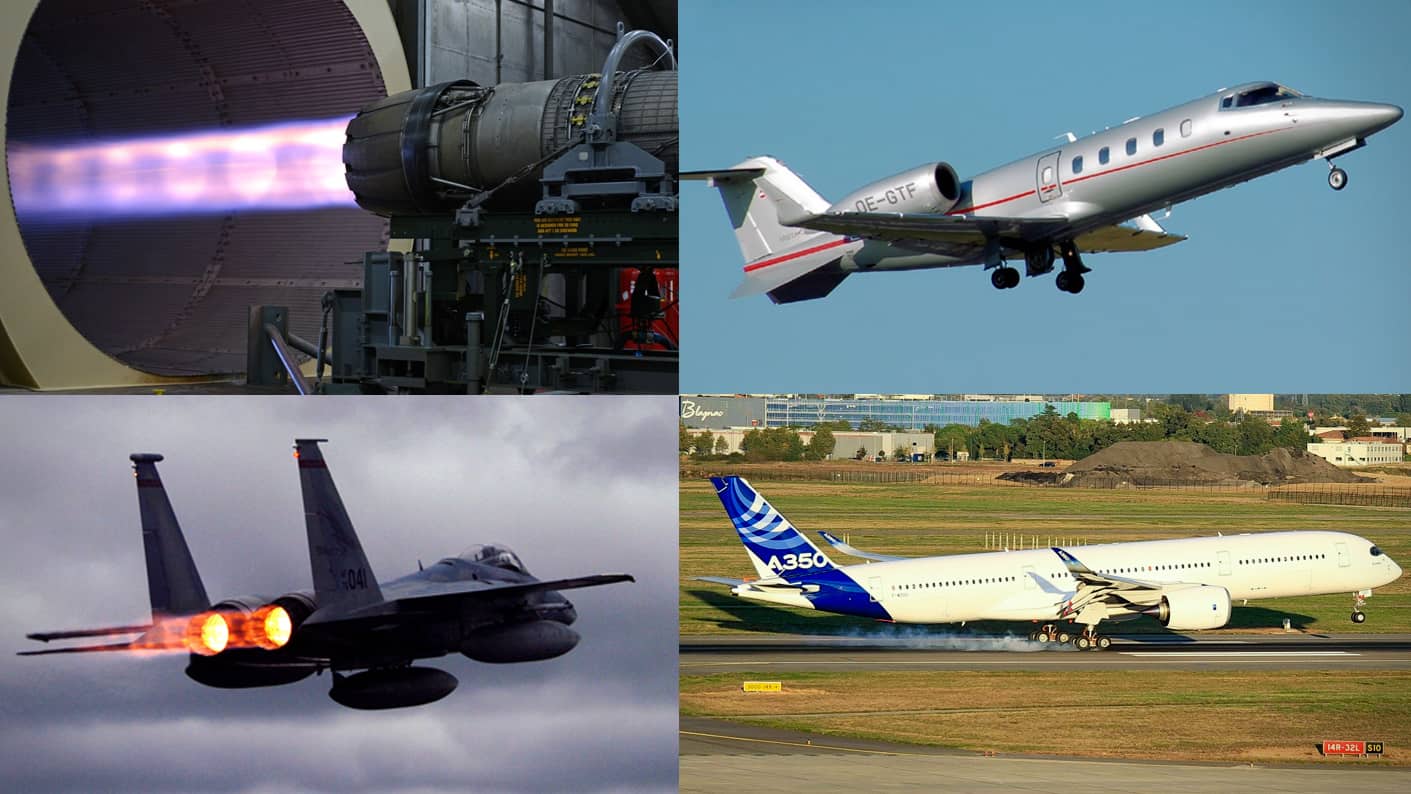

19. Blood Bank & Transfusions
We can think Canadian Lieutenant Lawrence Bruce Robertson for advances with blood banks and transfusions. World War I saw a lot of carnage on the battlefield. As such, it was necessary to develop transfusion techniques so lives could be saved. Lieutenant Robertson was the first individual to aggressively push blood transfusion as a technique to save wounded soldiers. The first transfusions were person-to-person due to problems with coagulation. However, techniques and storage solutions improved quickly. Shortly after, blood banks were established to help minimize casualties. As medical science improved, blood banks and transfusions have morphed into one of the most useful medical means for the civilian population.


18. Jet Engines
The first patent design for the jet engine was handed out in 1930 to inventor Frank Whitehall. However, it would be about a decade later before jet engine technology came into full bloom (WWII). In 1944, we saw the first jet fighter aircraft take flight as the Messerschmitt Me 262. Yet, jets would not help Germany win the war because of a material and supply shortage so Germany limited. Fast forward to today and that is not the case. Jet engines have found production in every major country of the world. In the United States alone we have greats like Boeing and Northrup Grumman who consistently handle massive military contracts. A military without a jet today would be unthinkable. So how do civilians benefit from the jet engine? Easy, Coach!


17. Watch
Many of the first wrist watches were not worn to be seen. That’s right, before names like Tag Heuer, Rolex and Gucci made watches a status symbol, they were used for more practical purposes. Military personnel wore them early on to synchronize battlefield maneuvers. The advantage to this was you could move as a unit and not alert the enemy since there was no bell or siren involved. Obviously, this spread quickly throughout the military world and civilians begin to take note of them as a fashion accessory. The rest is history, and we are still improving them today with inventions like the smart watch.
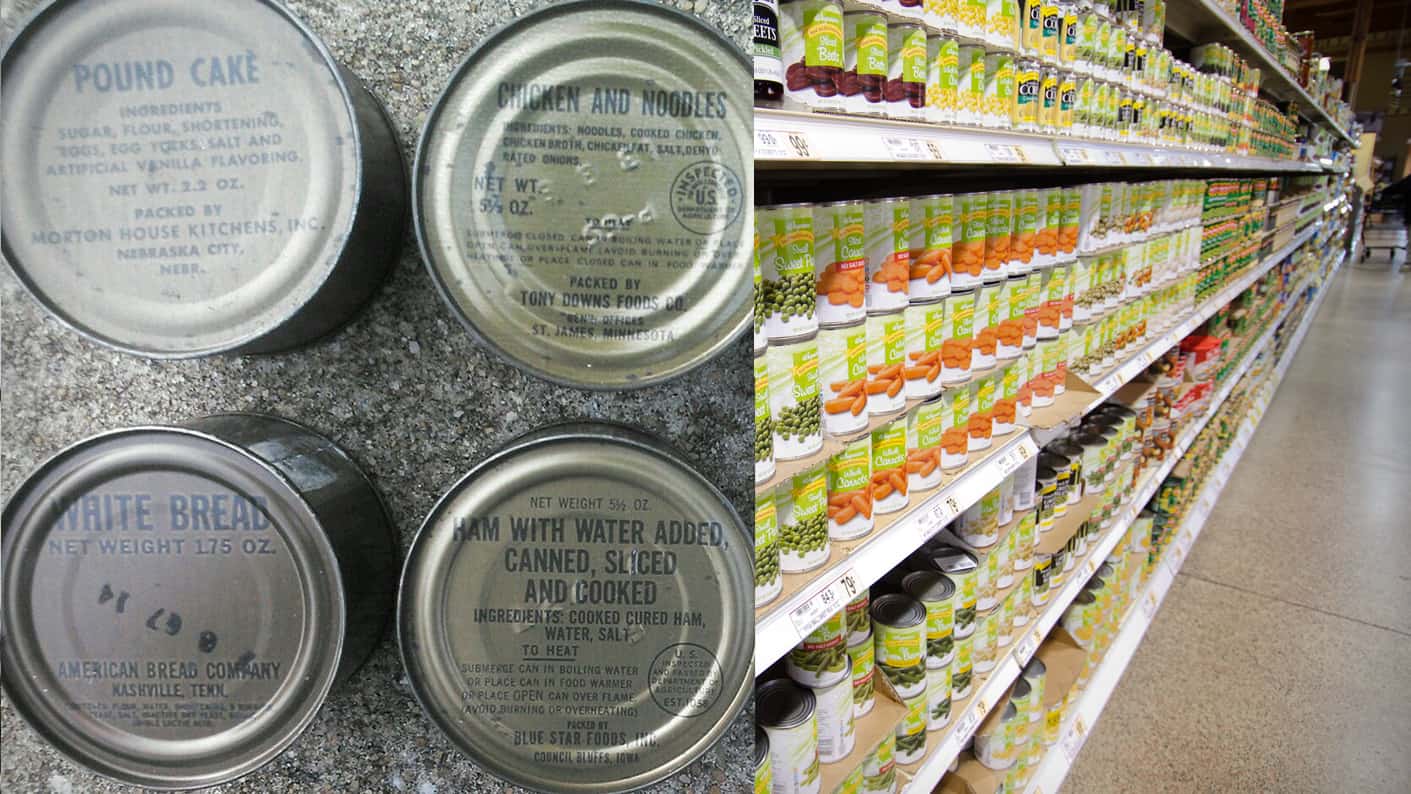

16. Penicillin
Here’s the story of Pencillin. During the first World War, Alexander Fleming (a British soldier) was captain of the Royal Army Medical Corps. He witnessed a lot of death on the battlefield, many of it stemming from infected wounds, or sepsis. Antiseptics weren’t very efficient or effective at the time. In fact, most of them only worsened the condition. This was especially true for deep wounds. He wanted to do something about it. Years later, Fleming would discover a mold that actually inhibited bacterial growth. It was named Penicillin and mass produced after. It was just in time too. Penicillin successfully treated thousands of injured soldiers during World War II. It is still one of the most effective antibiotics used today.


15. Canned Foods
Troops have to be fed in order to be effective. It’s one of the basic tenets of successful warfare. To that end, canned food was a tremendous help. And while we might think of it as a newer construct, it began somewhere around 1810. Seems like the French government ponied up a cash reward for anyone who could come up with a way of preserving large amounts of food, cheaply. Of course, first attempts were sealed jars, much like the canning your grandma does. By World War I soldiers could get actually get scanned goodies like corned beef, pork and beans, and canned sausages. The advantage to the military? Massive amounts of these products could be transported and given to troops for survival. Today, we simply meander down grocery store aisles trying to avoid cans of mixed vegetables.


14.Superglue
Superglue has its roots in World War II. During that time, scientist were asked to find a suitable material for creating clear gun sights. While researching and experimenting, scientists accidentally created a substance that would essentially stick to anything it came into contact with. Superglue was born. And while it was rejected for used by the military, it would become a massive commercial success. Your parents will undoubtedly remember the old commercial with the car suspended from a crane. In later years, we saw a commercial featuring a guy in a construction hat suspended from the same. Just don’t stick your fingers together. That will take more than a few military researchers to get you unstuck.


13. UAV
Drones are so pervasive today it’s hard to imagine a world without them. In fact, they are so plentiful the FAA got highly involved regulating recreational drones so they don’t interfere with those of the government variety. Speaking of, that’s how the humble drone begin. They were originally known as Unmanned Aerial Vehicles (UAVs). They were great because they could perform reconnaissance and minimize loss of human life. Today, they are equipped with missiles to perform unmanned airstrikes. Originally of Nazi Germany origin (WWII), the United States capitalized on the technology post war. By the 1990s, we owned the skies. Now, just over 50 countries use some sort of military drone.


12. Digital Photography
Remember those old sci-fi movies with satellites as big as a planet? Well, that’s sort of how digital cameras first looked. They were real life spy satellites, capturing images for reconnaissance and surveillance of enemy installations. This reached its peak, not surprisingly, during the Cold War, and by the 1970s the first independent self contained digital camera was born. Of course, it would take decades to develop into the DSLRs we know and love today. With Go Pros and smart phones, digital imagery is literally everywhere. It’s a far cry from the massive behemoths Of the 1960s.


11. Space Program
It’s no secret that during World War II The Nazis wanted to create several different long range rockets capable of delivering explosive payloads to their enemy targets. As it happens, this was the first step towards putting a man-made object into orbit. After World War II the United States took the German scientist responsible for the V2 rocket program from Germany to help us win the space race. The goal was to be the first nation to reach the moon, and we did it. Since then, space travel has morphed into a passion of oddity for some (like Elon Musk). Of course, the skies above us are littered with satellites and space stations responsible for giving us things like TV and cellular telephone communication. Now we have Mars in our sights.


10. Anti-lock Brakes (ABS)
So would you believe anti-lock brakes have their roots in military aviation? Yep, it’s true. During the early 1950s aviation aircraft in the UK were outfitted with the Dunlap Maxaret anti-skid braking system. It was used for landing gear and reduced braking distance by as much as 30%, even in icy conditions. Tire life increased which helped reduce strained military budgets. The antilock braking system made the planes more tactical too, since they could take off and land in conditions previously not suitable. The ABS system made a leap to motorcycles in 1958. It wouldn’t be much longer before a little company named Chrysler automotive outfitted the superior brake ABS system for its 1971 Imperial sedan.


9. Self-sealing Fuel Tank
The earliest rendition of the self sealing fuel tank was from a man named George J Murdoch. He applied to patent the invention for aero-plane fuel tanks on February 7, 1917. After a temporary block, the patent was granted a few years later. The idea behind the self sealing fuel tank involved layers of rubber and reinforcing fabric. As a fuel tank became punctured during war, the different layers of rubber would absorb the fuel, swell, then expand to seal the puncture wound. This prevented many aircraft from exploding during the since the fuel tank could take several for the team without compromising safety. Ironically, this is the same concept that would later be used to develop a run flat tires.


8. Maxi Pads
Maxipads, or sanitary napkins as they were called then, were first introduced via the military. At the time, they were made from cellucotton, a sugar cane by product introduced during the first great war. It was a type of field bandage employed because it was incredibly cheap and super absorbent. Over time, army nurses realized cellucotton pads made excellent replacements for other sanitary napkins commonly used by women. By 1920, Kimberly Clark launched their famous Kotex Maxi Pad using left over World War I cellucotton bandages. This marked the introduction of the first disposable feminine hygiene product ever made and women worldwide were very thankful!


7. Ammonium Nitrate Fertilizer


6. Mobile X Ray
During the Great War, x-rays were vital. The only problem was the machines themselves were to bulky to move in and out of the battlefield. However, thanks to a lady named Marie Currie, mobile x-ray devices became a reality. She worked with the French military to create machines that could be installed onboard small trucks. By 1914, they were touring surgical stations on battlefields to treat and diagnose the wounded in real time. After the war ended there were 18 “Little Curries”, as they were known, in operation. American inventor Frederick Jones took the technology a step further to create even smaller x-ray units. Thanks to innovators like these two, thousands of lives were saved, and continue to be saved.


5. Radio Control R/C
British physicist Oliver Lodge used an Edouard Brandy’s coherer to cause a mirror galvanometer to move a beam of light upon application of an artificially generated electromagnetic wave. Fancy. This marked the first use of radio control technology. Of course, the most famous was the 1898 exhibition at Madison Square Garden. There, Nicholas Tesla piloted an unmanned boat with RC technology. The technology then found use in World War I for anti-jamming systems, remote control torpedoes and remote control that ship targeting. By World War II, radio control was much more advanced. It could be used to drop missiles and guide bombs. Today, millions of children use the technology every year when they unwrap their first radio controlled vehicle during the holiday season.


4. Jerrycan
This was originally a 20 liter fuel tank developed by the Germans in the 1930s. This revolutionized the war effort in terms of efficiency for a couple of reasons. Beforehand, funnels and cumbersome tools to transport fuel for military vehicles during the war effort. Since the war, they have become very popular. Find any Jeep headed for a weekend outing and you more than likely find a Jerrycan in the back. So where did the name come from? “Jerry” is slang for German. Think about that the next time you are filling up your lawnmower with gas.


3. Contribution to VR Technology


2. Computer
So as it happens, computer tech is much more archaic than the smart phones and tablets we know today. Early models used punch cards or mechanical looms to solve complex math problems. World War II saw great technology improvement, as well as speed, with the unveiling of a digital programmable computer you might have heard of named Colossus. It’s sole purpose was to intercept and decipher Nazi war messages sent their encryption machines. Though their part of the war was small in regards to helping the Allies win, computers did provide a greater purpose… kickstarting the modern digital age. As technology expanded, computers got smaller and more efficient. Now, most of us carry one around with us every day. They pervade every area of our life from home doorbell systems to the automobiles we drive.

1. Internet
Thanks to Al Gore, we have the Internet. No wait, we mean thanks to the Advanced Research Projects Agency Network developed by the United States military… we have the internet. This was a data packet switching network and the first to use TCP/IP protocol suite technology. Ultimately, the two together would become the foundation for our modern day internet. As for the founders, we can thank Leonard Kleinrock, Donald Davies, Lawrence Roberts, Vintage Cerf and Paul Baran. The framework and design created by these pioneers progressed to include an internet working between several separate networks which ultimately morphed into networking various colleges together on an even larger scale. After the establishment of several national supercomputing centers in the early ’80s the project was ultimately decommissioned in 1989 and the modern day internet was born. Life has never been the same sense. So easy, yet at times so complicated, just like military life.
